Free Speech Impediment
Too many of our nation’s college students are anti-free speech zealots.
It has now been 60 years since the birth of the Free Speech Movement at the University of California, Berkeley. It all started in mid-September 1964, when the school’s dean of students banned tables and political activity along the Bancroft strip, a 26-foot stretch of sidewalk near Telegraph Avenue. Students protested, cops were called in and angry students surrounded the police car. Thousands subsequently joined the crusade, and activist Mario Savio emerged as the leader of the burgeoning Free Speech Movement. The events at Berkeley garnered national attention.Once again, colleges are ground zero for the free speech issue. But now things have turned 180 degrees, as many students actively try to quash speech they don’t agree with.
According to a new survey from the Knight Foundation, 70% of college students say that speech can be just as damaging as physical violence. The survey polled more than 1,600 college students and found that “2024 marks a crisis for free speech on college campuses…”
The poll revealed that more than a quarter agreed that it was more important for schools to “protect students by prohibiting speech they may find offensive or biased” rather than prioritizing allowing students to hear a wide range of viewpoints, including possibly offensive ones.
Another poll, the 2024 American College Student Freedom, Progress and Flourishing Survey, found that 71% of college students maintain that a professor who expresses “offensive” ideas should be reported to the university. Other eye-opening results include:
About a third of students want professors to drop uncomfortable readings.
One-quarter want them to avoid uncomfortable discussion topics.
A third of students said a professor should be reported for contending there is no evidence of anti-black bias in police shootings.
A quarter contends that a professor should be reported for saying COVID vaccinations shouldn’t be required.
More than one in five students declare that a professor should be reported for asserting that biological sex is a scientific fact.
Just under one in five students said a professor should be reported for saying that affirmative action is doing more harm than good.
14% would report a professor who accused affirmative action opponents of perpetuating white privilege.
56% of students would report a classmate for saying something they thought was offensive.
These anti-freedom sentiments have become institutionalized. Greg Lukianoff, president of the Foundation for Individual Rights in Education (FIRE), maintains that the proliferation of bias response teams on campus has made it easy to report an instructor or student anonymously for having the wrong opinion.
Just what, then, is campus “right-think?”
Jew hatred, for one. At UCLA, immediately after the onset of the Hamas invasion of Israel one year ago, professors gave extra credit to students for attending a “teach-in” pushing anti-Israel propaganda. In New York, the president of NYU’s Student Bar Association wrote that “Israel bears full responsibility for this tremendous loss of life.”
Additionally, 34 student groups at Harvard pledged their support to Hamas. At Columbia, 20 campus groups signed a statement “condoning and justifying Hamas’s atrocities against Jews,” describing the wholesale slaughter of infants and children and the rape of women as “resistance,” all the while blaming Israel and America for the violence.
At U.C. Berkeley, a statement from Bears for Palestine, a student group, and signed by 25 on-and-off-campus organizations, brazenly declared their support for the slaughter of Jews. “We invariably reject Israel’s framing as a victim,” said the statement, which also argued that “[O]ur people’s freedom will not be attainable without revolution,” adding, “We support the resistance, we support the liberation movement, and we indisputably support the Uprising.”
The campus craziness has led to one interesting effect: an ever-growing number of high school seniors in the northern U.S. are heading to Clemson, Georgia Tech, South Carolina, Alabama, and other southern universities.
As the Wall Street Journal reports, “Students say they are searching for the fun and school spirit emanating from the South on their social media feeds. Their parents cite lower tuition, less debt, and warmer weather. College counselors also say many teens are eager to trade the political polarization ripping apart campuses in New England and New York for the sense of community epitomized by the South’s football Saturdays. Promising job prospects after graduation can sweeten the pot.”
According to a Wall Street Journal analysis of the latest available Education Department data, the number of northerners going to southern public schools increased 84% over the past two decades and jumped 30% from 2018 to 2022.
We are obviously going backward since the founding of the Free Speech Movement six decades ago. After Kamala Harris picked Tim Walz as her running mate, a video made the rounds revealing that Walz said in an interview that there is “no guarantee to free speech on misinformation or hate speech, and especially around our democracy.”
According to the U.S. Census Bureau, more than half of Americans ages 18 to 24 turned out for the 2020 general election. That proportion was up by more than eight percentage points from 2016 and has been closing in on the voting rate for adults of all ages. Among college students, the proportion who voted was even higher. This year, we will probably see yet another increase, and there is no doubt which party the great majority will vote for.
Free speech on many of our campuses is nonexistent. Without a stalwart defense of the First Amendment, our country could be unrecognizable in the not-too-distant future. We must change course immediately.
Originally published by American Greatness.
Larry Sand, a retired 28-year classroom teacher, is the president of the non-profit California Teachers Empowerment Network – a non-partisan, non-political group dedicated to providing teachers and the general public with reliable and balanced information about professional affiliations and positions on educational issues. The views presented here are his own.
